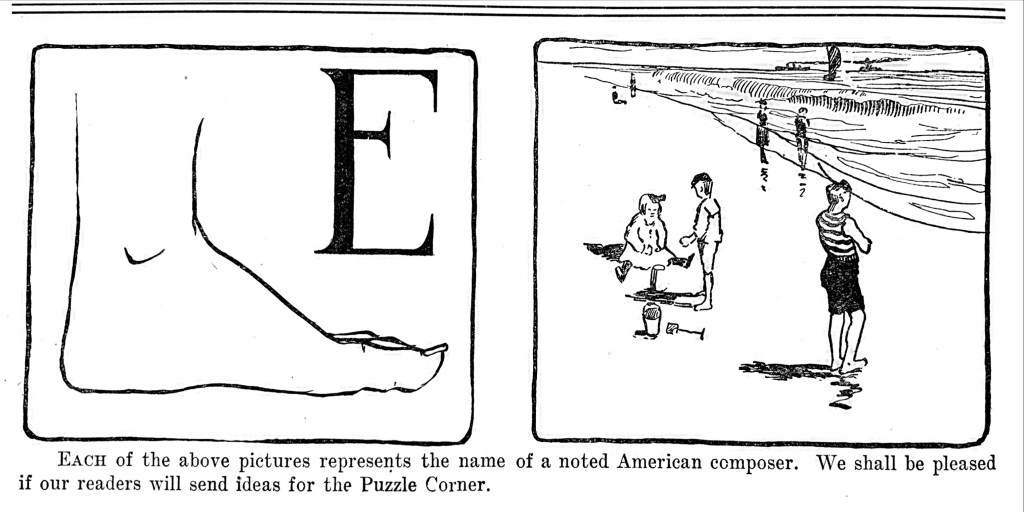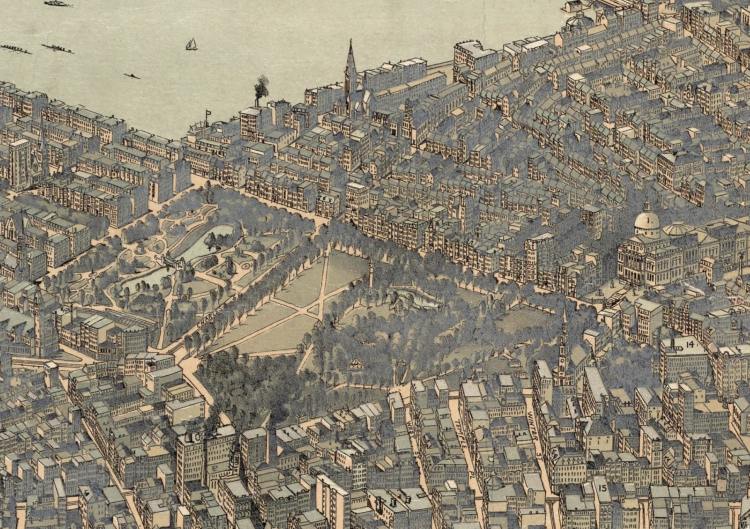Having recently traveled down to Washington, D.C., to conduct some research at the Library of Congress, I found myself reflecting on my (thus far) limited yet always memorable experiences digging through our nation’s libraries and archives. An archive can often be rich in information yet also almost meaningless without a historian (like me—or you!) to figure out what is significant about it. That’s when the “stuff that happened” begins to turn into history, and that’s also why people tend to argue about history even when they agree with each other about the basic facts.
I had somehow managed to write an entire doctoral dissertation in music history without having needed to do any firsthand archival research. But as I later began to focus more and more on American music publisher Arthur P. Schmidt, I realized that I needed to see some important primary sources for myself.
Continue reading “Mr. Schmidt Goes to Washington”




